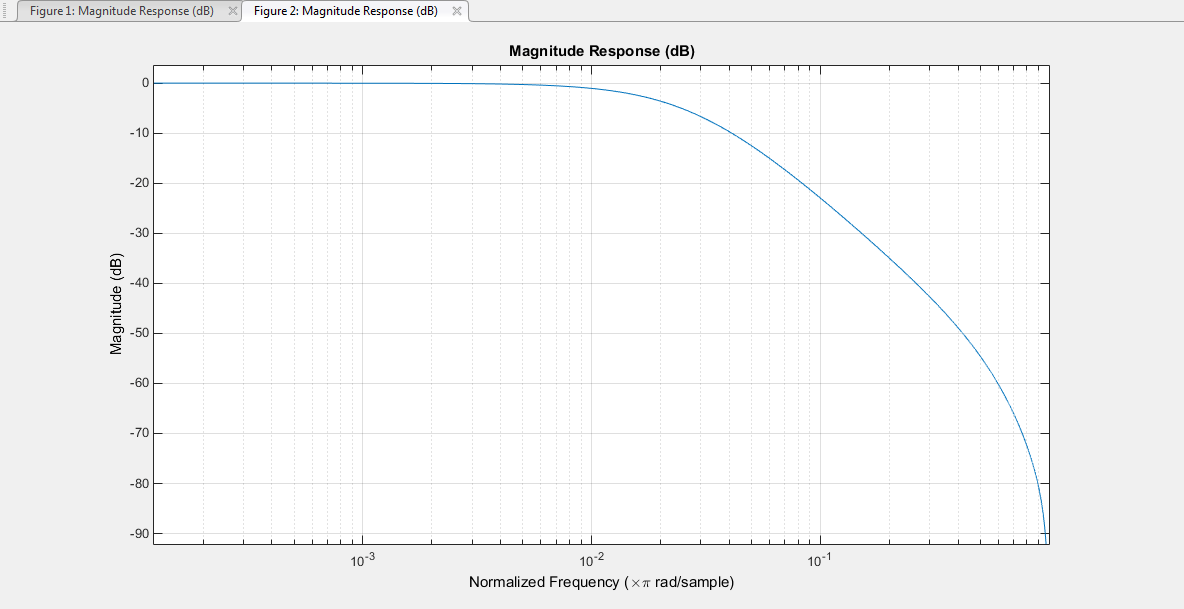comm.FMBroadcastDemodulator
Demodulate broadcast FM audio signal
Description
The comm.FMBroadcastDemodulator
System object™ demodulates a complex broadcast FM-modulated
signal and filters the signal with a de-emphasis filter to produce an audio signal. For
more details, see Algorithms.
To demodulate a broadcast FM audio signal:
Create the
comm.FMBroadcastDemodulatorobject and set its properties.Call the object with arguments, as if it were a function.
To learn more about how System objects work, see What Are System Objects?
Creation
Syntax
Description
fmbdemodulator = comm.FMBroadcastDemodulator creates an
FM broadcast demodulator System object.
fmbdemodulator = comm.FMBroadcastDemodulator(
sets properties using one or more name-value arguments. For example,
Name,Value)fmbdemodulator =
comm.FMBroadcastDemodulator('SampleRate',400e3) specifies a sample
rate of 400 kHz.
fmbdemodulator = comm.FMBroadcastDemodulator(fmbmodulator)
sets properties based on the configuration of the input comm.FMBroadcastModulator
System object, fmbmodulator.
Properties
Usage
Description
Input Arguments
Output Arguments
Object Functions
To use an object function, specify the
System object as the first input argument. For
example, to release system resources of a System object named obj, use
this syntax:
release(obj)
Examples
Limitations
The length of the input signal, insig, must
be an integer multiple of the AudioDecimationFactor property. If
you set the RBDS property to
true, the length of the input signal, insig, also
must be an integer multiple of RBDSDecimationFactor. For more
information on the AudioDecimationFactor and
RBDSDecimationFactor properties, see the info object function.
Algorithms
References
[1] Hatai, I., and I. Chakrabarti. “A New High-Performance Digital FM Modulator and Demodulator for Software-Defined Radio and Its FPGA Implementation.” International Journal of Reconfigurable Computing (December 25, 2011): 1–10. https://doi.org/10.1155/2011/342532.
[2] Taub, H., and D. Schilling. Principles of Communication Systems. McGraw-Hill Series in Electrical Engineering, 142–55. New York: McGraw-Hill, 1971.
[3] Der, Lawrence. "Frequency Modulation (FM) Tutorial." Silicon Laboratories Inc.: 4–8.
Extended Capabilities
Version History
Introduced in R2015a




